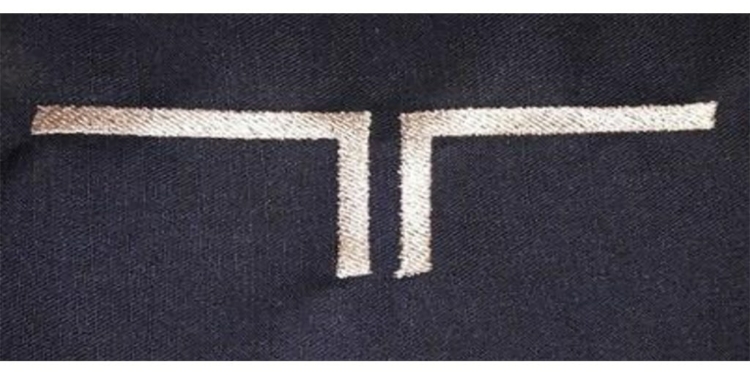Source: IDTechEx news
IDTechEx have released the latest edition of the most comprehensive report on the e-textiles industry. “E-Textiles 2019-2029: Technologies, Markets and Players” compiles over 6 years of work. There are over 200 companies in the database supporting the report, and IDTechEx analysts have conducted primary research on over 100 companies in order to collate the data and contents for the report itself.
IDTechEx have released the latest edition of the most comprehensive report on the e-textiles industry. E-Textiles 2019-2029: Technologies, Markets and Players compiles over 6 years of work.
There are over 200 companies in the database supporting the report, and IDTechEx analysts have conducted primary research on over 100 companies in order to collate the data and contents for the report itself. The new version of the report includes brand new data about e-textiles revenue. Many companies have existed for a long time in the industry by making the majority of their revenue from R&D or design contracts rather than necessarily from product revenue.
The main forecast in the report focuses on specific product revenue across different sectors (including biometric monitoring, heating, lighting and other e-textiles), but for the first time, this report includes additional historic data and short term estimates for the total revenues of companies working in the space.
On this new data, report author James Hayward said “Many of the companies in this emerging industry make the majority of their revenue on a project-by-project basis, with the component of consulting and R&D revenue often being more significant than just looking at products sold. In previous years, IDTechEx Research have collated data to understand the volumes and revenues from product shipments in e-textiles. In this edition, they expanded on this to include historic data on all revenue from e-textiles companies, as well representation of the different industries and product types from each player. The result is not only a projection of future opportunity in the space, but also a detailed study of the current and short term scenario for the current players in the industry today”.
This report covers the entire e-textiles value chain, covering the wide range of materials (including metals, polymers, fibres, yarns, textiles (knitted, woven, embroidered, non-woven) and emerging materials) and components (sensors, connectors and the interface to traditional electronics, etc.) used today. It also presents a roadmap for the future, summarising academic and early prototyping work in areas such as new conductive fibres, stretchable electronics, energy harvesting, energy storage, logic and memory, into a set of 30 examples in order to suggest future potential.
The proposed markets for e-textile products are very broad. The report describes efforts across a series of key market sectors (including medical & healthcare, sports & fitness, military & space, enterprise, PPE & other workwear, fashion, heated clothing, home e-textiles, etc.), as well as other specific product types or groups that span different potential application areas (such as animal wearables, automotive interiors, motion capture, haptic suits and assistive clothing). Each area has a unique mix of requirements, drivers and relevant industry players, so it is critical to understand the detail of the dynamics in each space in order to successfully plan and grow with this industry.
With continuous parallel research across the emerging technology ecosystem (including reports on conductive inks, stretchable electronics, wearable technology, printed electronics, printed and flexible sensors, the Internet of Things, emerging energy storage, advanced woundcare, healthcare & life sciences, and many more) IDTechEx has leveraged a broad network and experience across the team of expert analysts for this research. On top of this, IDTechEx hosts leading events covering e-textile technology, and the analyst team travels, speaks and meets companies globally each year. The result of these efforts enables this report to be the most comprehensive characterisation of the e-textiles industry today, and an excellent resource for any player involved or actively investigating this space.
fetaured image: embroidered antenna, image source: University of West Bohemia, Pilsen, Czech Republic































